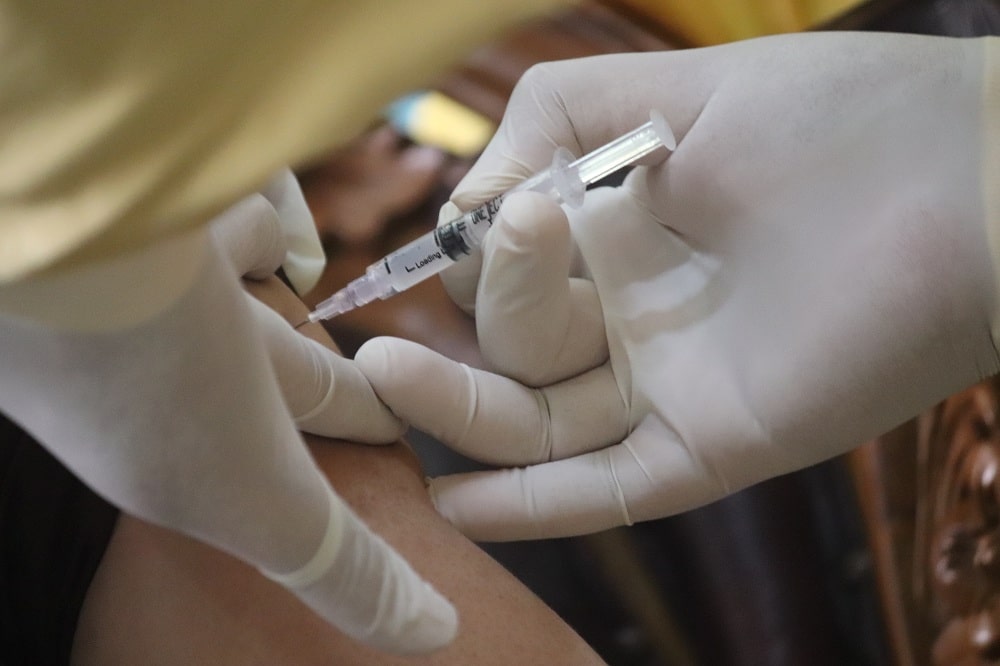



Using community insights to combat COVID-19 vaccine hesitancy!
Vaccine hesitancy is a central challenge for COVID-19 recovery. Despite the growing access to vaccines for residents across the country, vaccination levels have steadily decreased in recent weeks. Vaccine hesitancy is driven by issues of convenience (i.e., how easy or difficult it is to get a vaccine) and of confidence in the effectiveness and safety of vaccines; both factors are often driven by local distribution activities and online discourse, which can be influenced by sources of misinformation. As early as February 2020, the World Health Organization declared the COVID-19 crisis an ‘infodemic’, highlighting the need to improve accurate messaging and build resident trust in public health systems in order to combat the pandemic. Importantly, localized messaging and distribution campaigns have been identified as effective routes towards increasing vaccine uptake. Whether governments are making it simple and exciting to get residents vaccinated at local bars, or partnering with trusted and community-based organizations on roll-out and messaging campaigns, this report outlines a range of opportunities where sentiment data can serve as a valuable input in helping local policymakers assess and improve their roll-out and messaging strategies to drive resident interest and combat misinformation.
Sentiment analysis is an AI-driven tool that examines organic discourse on social media platforms to generate insights based on resident interactions such as comments, likes, and shares. Along with online surveys and other sources of data, sentiment analysis gives cities insights into their residents’ needs and helps them understand critical issues that shape residents’ attitudes and behaviors. Sentiment analysis can contribute to local COVID-19 responses by identifying key challenges in the design and evaluation of effective public health communication strategies.
This report draws from an AI-driven sentiment analysis for 18 participating cities and counties between February 1 and March 15, 2021 and from resident surveys collected between March 18 and March 31, 2021. These data show that:
The findings from this study point to three priority areas to consider when designing and evaluating public health communication strategies: visibility, relatability, and equity.
Source: (Brennen et al., 2020),(Centers for Disease Control, 2021; LaFraniere and Weiland, 2021) Sentiment Analysis as a Local Public Health Tool